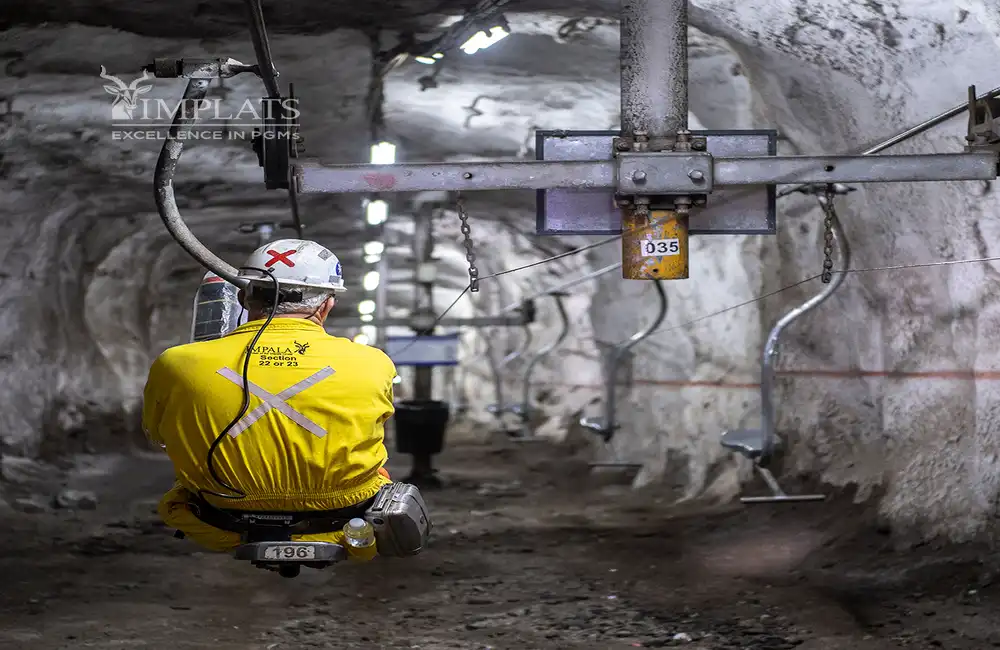The U.S. labor market showcased signs of easing in March as job openings fell to their lowest level since April 2021, according to the latest Job Openings and Labor Turnover Survey (JOLTS) released by the U.S. Department of Labor.
Layoffs ticked downward, suggesting a mixed narrative for the employment landscape. For advisors, these labour data shifts are critical signals for Fed policy and market positioning.
Data Breakdown
- Job Openings: Fell to 9.59 million, down 6% from February’s 10.0 million.
- Hires: Held steady at 6.15 million as employers remained cautious.
- Separations: Total separations fell to 5.62 million; layoffs dipped to 1.78 million and quits steadied at 3.85 million.
Labour-Market Implications
- Easing Fed Rate Hike Pressure: Softer job openings reduce wage-growth risks.
“The Fed will likely see this data as progress in rebalancing the labour market without triggering a sharp uptick in unemployment.”
- Risk Asset Weakness: Cooling labour suggests slower growth, increasing equity sensitivity to economic releases.
- Bond Appeal: Lower openings support a slowing-economy narrative, driving flows into Treasuries and high-quality corporates.
Portfolio Strategies
- Defensive Sectors: Healthcare, consumer staples and utilities typically hold up during economic slowdowns.
- Fixed Income Opportunities: U.S. Treasuries, investment-grade corporates and municipals can offer stability and income.
- Selective Growth Stocks: High-quality names may benefit from a more dovish Fed, but require careful selection.
- Cautious Cyclicals: Retail, autos and housing depend on consumer spending and may underperform if labour cools further.
Insider Tip
Labour Lens subscribers received early previews of the March JOLTS data, enabling proactive portfolio adjustments ahead of market moves.
Expert Commentary
“For the first time in nearly two years, there are unmistakable signs that the labour market heat is tapering off. While not yet at recessionary levels, the clear decline in job opportunities will capture the Fed’s attention.”
“Quits holding steady indicates workers still hold confidence in switching jobs for better pay or conditions. However, the downtrend in new openings may temper confidence moving forward if this trend persists.”
What’s Next?
Markets will watch April’s Employment Situation Report, weekly claims and the Fed’s June meeting—CME FedWatch shows 70% odds of a rate-hike pause.
Stay Ahead with Advisor’s Gateway
Subscribe to our fortnightly newsletter for expert analyses and actionable labour-market insights.






















